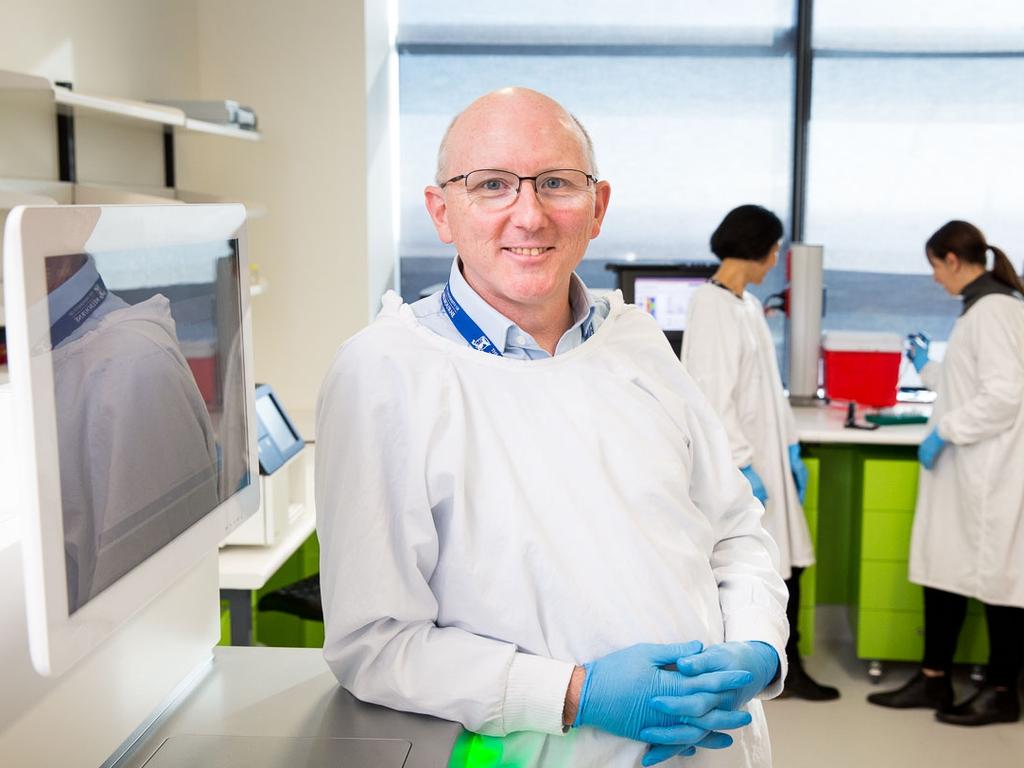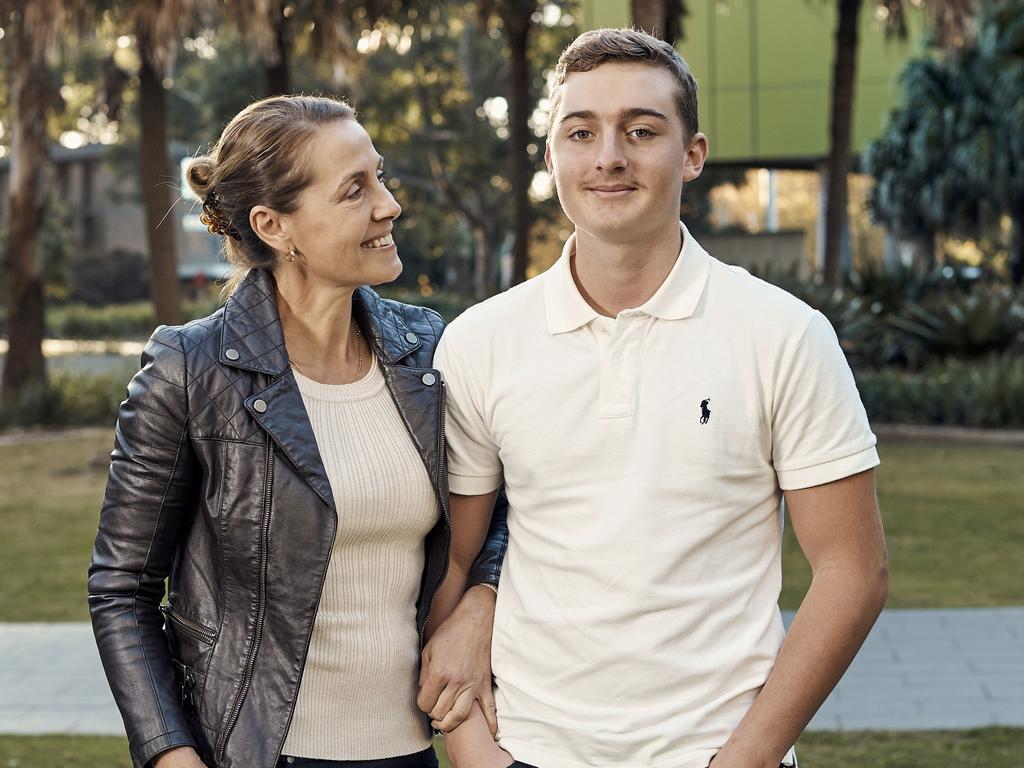A revolution in cancer tumour mapping promises better diagnosis and treatment
Australian doctors have pioneered a groundbreaking ‘Google maps-like’ spatial mapping method of digital pathology that reveals the unique cellular neighbourhoods of cancer cells.

Australian doctors have pioneered a groundbreaking “Google Maps-like” spatial mapping method of digital pathology that reveals the unique cellular neighbourhoods of cancer cells, how the interactions of individual cells in a tumour determine the cancer’s spread and how likely it is that a patient will respond to a particular treatment.
The Wesley Research Institute in Queensland will launch the Queensland Spatial Biology Centre on Thursday, unveiling a cutting-edge machine that has allowed the scientists to undertake the revolutionary spatial mapping.
The global pathology breakthrough reveals how individual cells interact and in turn maps a pathway for highly personalised treatments for some of Australia’s most lethal diseases – cancer, heart and lung disease – placing Australia as a world leader in the new field of biology, providing new insights into the organisation and interactions of cancer cells. “This gives us a level of insight never before attainable,” said the QSBC’s Professor John Fraser.

“If you imagine each cell being a jigsaw puzzle piece, this new technology allows us to see how each cell fits in with its neighbouring cells – and how various treatments can impact the interaction between those cells for better or worse. We have just jumped light years in terms of diagnosing and observing which treatments will or won’t work. This spatial omics technology is truly unique on a global scale.”
The new spatial mapping and digital pathology has been made possible with QSBC’s purchase of a state-of-the-art machine in spatial omics technology – the only one of its kind within an Australian hospital – combined with the centre’s expertise built up during the pandemic, when scientists used the method to study Covid-19 tissue samples.
The PhenoCycler allows researchers to map millions of cells and their interactions with 150 pathological biomarkers and diseases across a single intact tissue section.
“What this technology allows us to do is to start to develop these almost sort of atlases of tissue, where we can understand how every cell is positioned located and talks to its neighbour,” QSBC co-lead Arutha Kulasinghe said.
“In the context of cancer, we can understand how cancer cells are talking to each other, but also how cancer cells are talking to their neighbours and their immune cells. And we can then develop therapies that might better treat that tumour specifically.”
Immunotherapy, which has revolutionised the treatment of cancer, is expensive and only works in 15 to 30 per cent of patients. QSBC’s technology will allow doctors to know whether it is likely to work before administering the therapy.
“We’re finding that in patients that do well to certain therapies, there are unique cellular neighbourhoods, sort of groups of cells next to each other,” Dr Kulasinghe said.
“And so it’s giving us deeper insights into … how immune cells are co-located with tumour cells, and how they’re influencing them.”
Father-of-two Michel Itel was diagnosed with lung cancer six years ago.
Genomics testing had previously revealed he had a mutation on his DNA known as an exon 19 deletion and he was placed on a clinical trial of a next-generation drug therapy.
“I’ve never smoked in my life, I’ve always kept healthy,” he says. “When I was diagnosed with lung cancer I was shocked, upset, angry and in disbelief.”
Mr Itel has had his tumours mapped by QSBC’s scientists, allowing his doctors the opportunity to better pinpoint personalised treatment.
“This technology means you will know very quickly not only what you have but which treatments will work, and what the prognosis will look like in a year or two’s time if you treat it this way or that,” Mr Itel said.
“This is a tipping point. It’s going to be the Google Maps of cancer. I think for the lung cancer community it’s going to mean that we will understand why the person sitting next to you being treated the same way is or is not responding so you’re armed with better information to make a decision.”






To join the conversation, please log in. Don't have an account? Register
Join the conversation, you are commenting as Logout